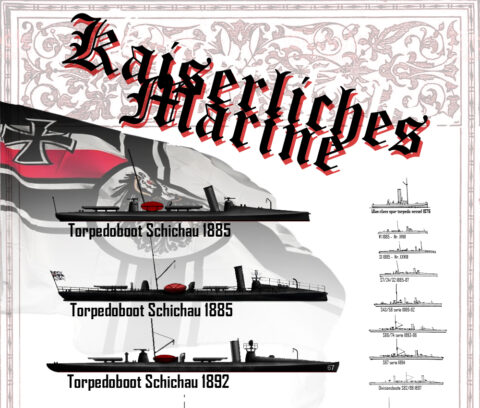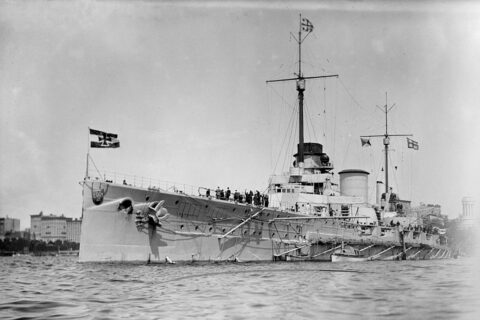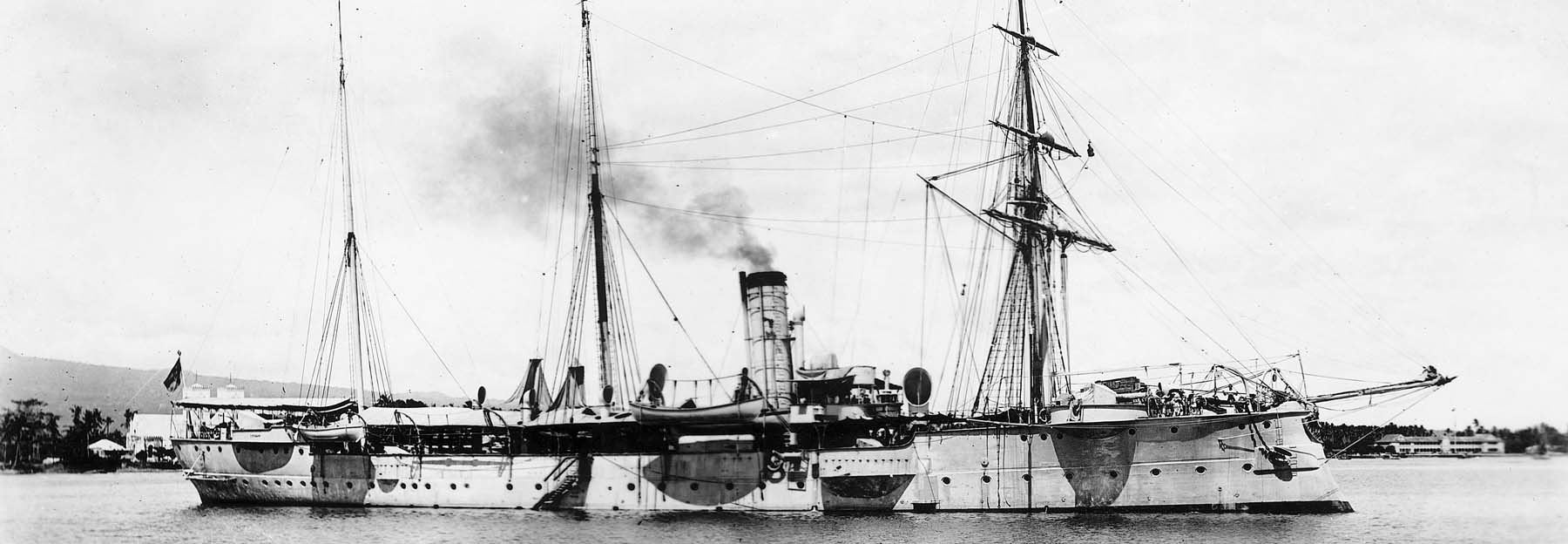Category: ww1 german navy
WW1 German Torpedo Boats
Germany (1871-1918) – 177 TBs prewar, 96 WW1 (112 planned) Total: 273 TBs at the heart of a transition: From…
Moltke class Battlecruisers
Moltke class Battlecruisers Germany (1910) Battlecruisers – SMS Moltke, SMS Goeben Development and Design A May 1907 conference already defined…
WW1 German Battlecruisers
Germany (1907-1917) Von der Tann, Molkte, Goeben, Seydlitz, Derrflinger, Lützow, Hindenburg Foreword: German battlecruisers: The German Empire was the second…
Magdeburg class cruisers (1911)
Germany (1911) Magdeburg, Breslau, Strassburg, Stralsund A brand new league in German cruiser design: The Magdeburg class marked a new…
SMS Gefion (1893)
German Empire, Light Cruiser One of the oldest German cruisers in 1914: SMS Gefion was the second oldest German cruiser…
Wittelsbach class battleships (1900)
Wittelsbach class battleships (1900) Germany (1900-1901) Wittlesbach, Wettin, Zähringen, Schwaben, Mecklenburg Tirpitz pet’s battleships: The Wittlesbach class were the first…
WW1 German Commerce Raiders
WW1 German Commerce Raiders Germany, 15 ships (1914-18) The surface raiders: The German Imperial Navy actions during WW1 were four-fold:…
SMS Seeadler (1888)
SMS Seeadler (1888) German Empire – Former Pass of Balmaha, sailing corsair The Sea Eagle: One of the most interesting…
Bussard class cruisers (1890)
SMS Bussard, Falke, Seeadler, Condor, Cormoran, Geier The last German sailing Cruisers In 1914, among the oldest vessels of the…
Siegfried class battleships (1889)
Siegfried class battleships (1889) Germany (1889) Siegfried, Beowulf, Frithjof, Heimdall, Hildebrand, Hagen, Odin, ägir A first step for a young…





 dbodesign
dbodesign